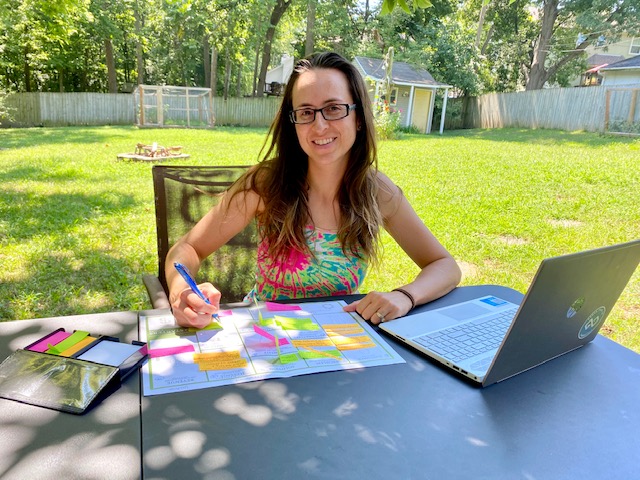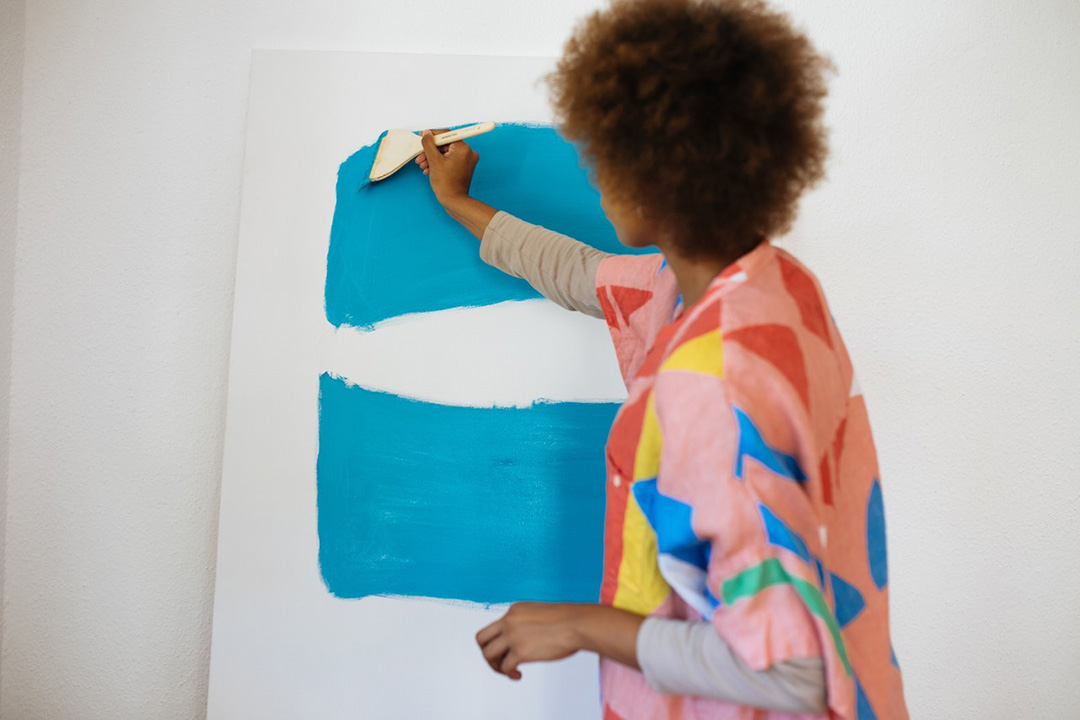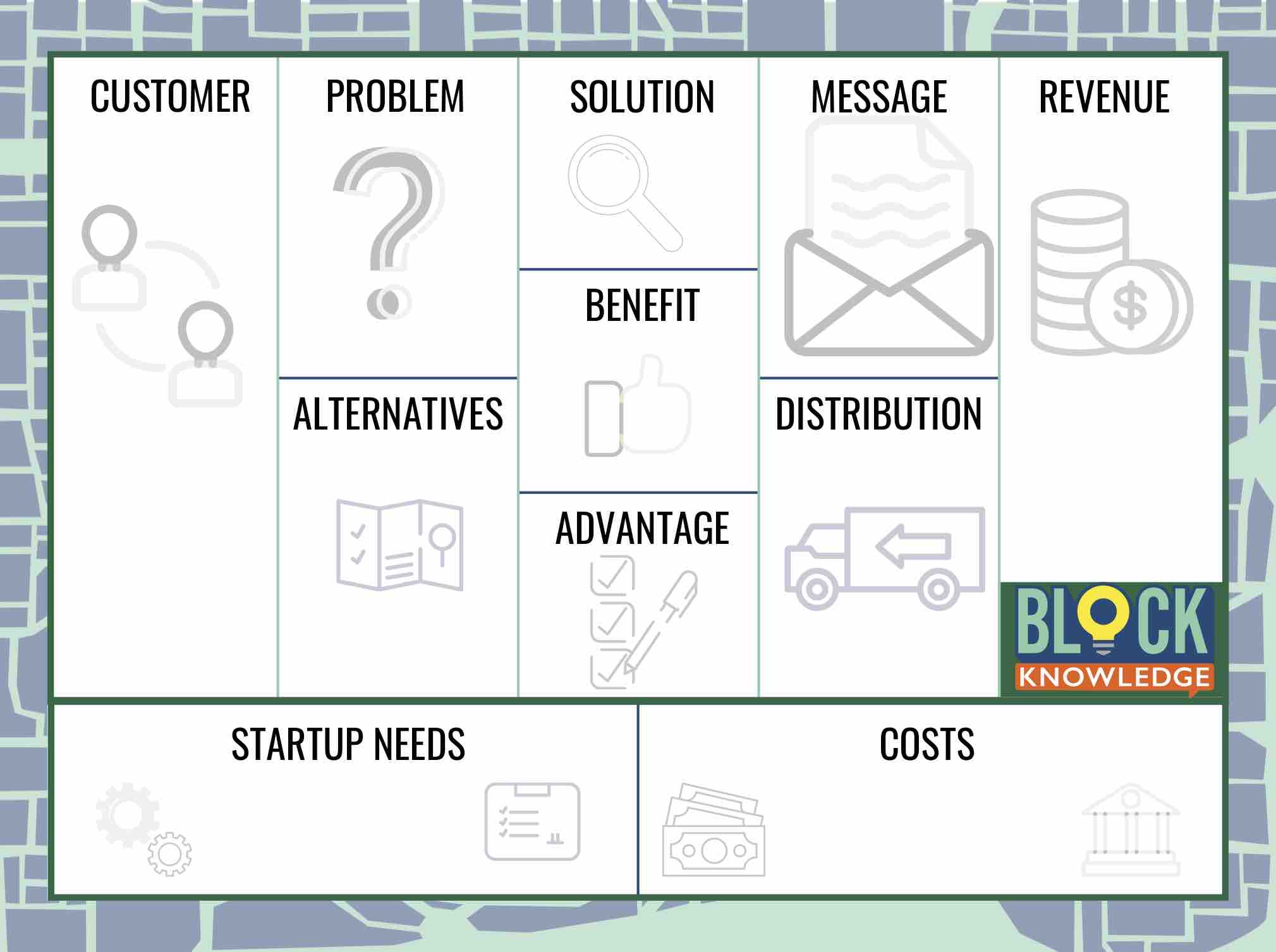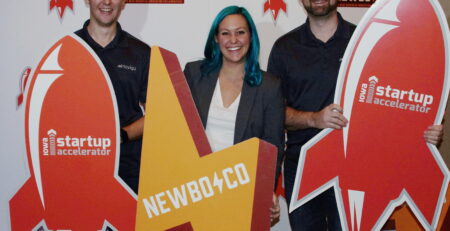Sketch Your Success: How Lean Canvas Can Help Entrepreneurs Re-envision Their Business
The trickiest parts of starting a business can be data and direction. How are you organizing your ideas? What problem are you trying to solve, and how will you solve it? Are you even asking the right questions? And how are you communicating all of this?
Lean canvas is a tool that helps entrepreneurs break down their business ideas, according to leanstack.com. It’s a simple document that’s designed to replace elaborate business plans.
“It’s a business plan on one piece of paper,” says Rebecca Dove, board advisor and education director at Block Knowledge.
The lean canvas format
The template for a lean canvas is broken into nine boxes:
Problem: Your customers’ top 3 problems, plus how these problems are solved today
Solution: Your new way of addressing the problem
Key metrics: Numbers that tell you how your business is doing
Unique value proposition: The compelling message that will get people interested
Unfair advantage: Something that can’t be easily copied or bought
Channels: How you reach customers
Customer segments: Target customers and users
Cost structure: Your fixed and variable costs
Revenue streams: Sources of income
These sections seem pretty simple, but they each do a lot of heavy lifting. Each box forces entrepreneurs to distill the who, what, where, when, why and how of their businesses. Look at it this way: It’s not that hard to explain something in 1,000 words. But it takes an expert with clear vision to explain it in only 10.
That clarity and understanding of all aspects of a business can make or break a startup.
“I don’t think I really thought too hard about what problem I was solving,” says Lisa Peña, founder of Urban Hikes KC. “Lean canvas made me realize it’s really important to know the problem and then work toward solving that problem.”
Lisa’s SCORE mentor introduced her to the concept of lean canvas. Lisa watched a video, completed the plan on her own and then reviewed it with her mentor. Later, she dug into lean canvas even more in a Block Knowledge class.
“I think it’s something that’s helpful for any entrepreneur to do,” Lisa says. “It’s a snapshot view of your business on one paper instead of a business plan that’s multiple pages long.”

Lisa Peña of Urban Hikes KC works on her lean canvas from Block Knowledge.
Getting started with lean canvas
Many books and online resources can guide entrepreneurs on how to create a lean canvas. While it’s possible to complete the plan in just an afternoon, getting outside input gives the plan breadth and depth – and improves the chances of business success.
“We want our founders to write down their assumptions about their businesses and then turn those assumptions into questions,” Rebecca says.
Block Knowledge encourages entrepreneurs to interview potential customers with these questions. These interactions can provide surprising feedback and help shape a business’s future.
“Those who ask open-ended questions on all parts of their lean canvas and talk to a minimum of 25 people, they really do come back with a lot of data,” Rebecca says.
Any entrepreneur can create a lean canvas. But Rebecca strongly encourages working through it with another entrepreneur – and doing those interviews.
“Get an accountability partner; get more specifics,” she says. “It builds a foundation. When you’re in business, the goal is not to work by yourself. Historically, business is about building the community and providing services and products to make the community better.”
But be prepared: Not every lean canvas leads to business success. Instead, some lean canvases point entrepreneurs in other directions.
“Block Knowledge uses the lean canvas heavily to help our founders shape and poke holes in their business,” Rebecca says. “Our goal is that they have fleshed out things they hadn’t thought through so that when they exit our program, they can be more equipped to continue on with that process or even start a new venture. We want our founders to see if it’s a right fit for the market or not. Some businesses have continued on. But some companies have folded.”
[[CTA]]
How lean canvas changes with your business
Once you’ve talked to people, processed their feedback and completed your lean canvas, you’re all set, right?
Wrong.
“You can change parts of your lean canvas in live time and make it into an interactive piece,” says Rebecca. “Some founders use sticky notes, some use computers, some write and just keep making copies. It’s a living, breathing document to ensure you’re constantly refreshing your ideas about your business and constantly ensuring that you’re serving the needs of your customer.”
Lisa uses pencil and Post-Its to change her lean canvas as needed.
“It’s something that is fluid and is going to continue to change as my company grows,” she says.
Even as a lean canvas evolves, it remains a one-page road map that’s powerful in its simplicity.
“The lean canvas is really down to the customer problem, customer solution, how you will finance your business and meet those needs,” Rebecca says. “I like the model because you’re constantly seeing how the customer is and what’s going on in their world.”
Getting help with lean canvas
Most of MOSourceLink’s Resource Partners use lean canvas. Search our Resource Navigator. Or reach out to one of our Network Navigators. We’ll create your free Personal Action Plan and help you connect with the services that are right for you.
Rebecca also recommends theleanstartup.com to further explain the principles of the lean canvas. And leanstack.com provides useful background on lean canvas and how Ash Maurya adapted the lean canvas from the business model canvas.












Leave a Reply